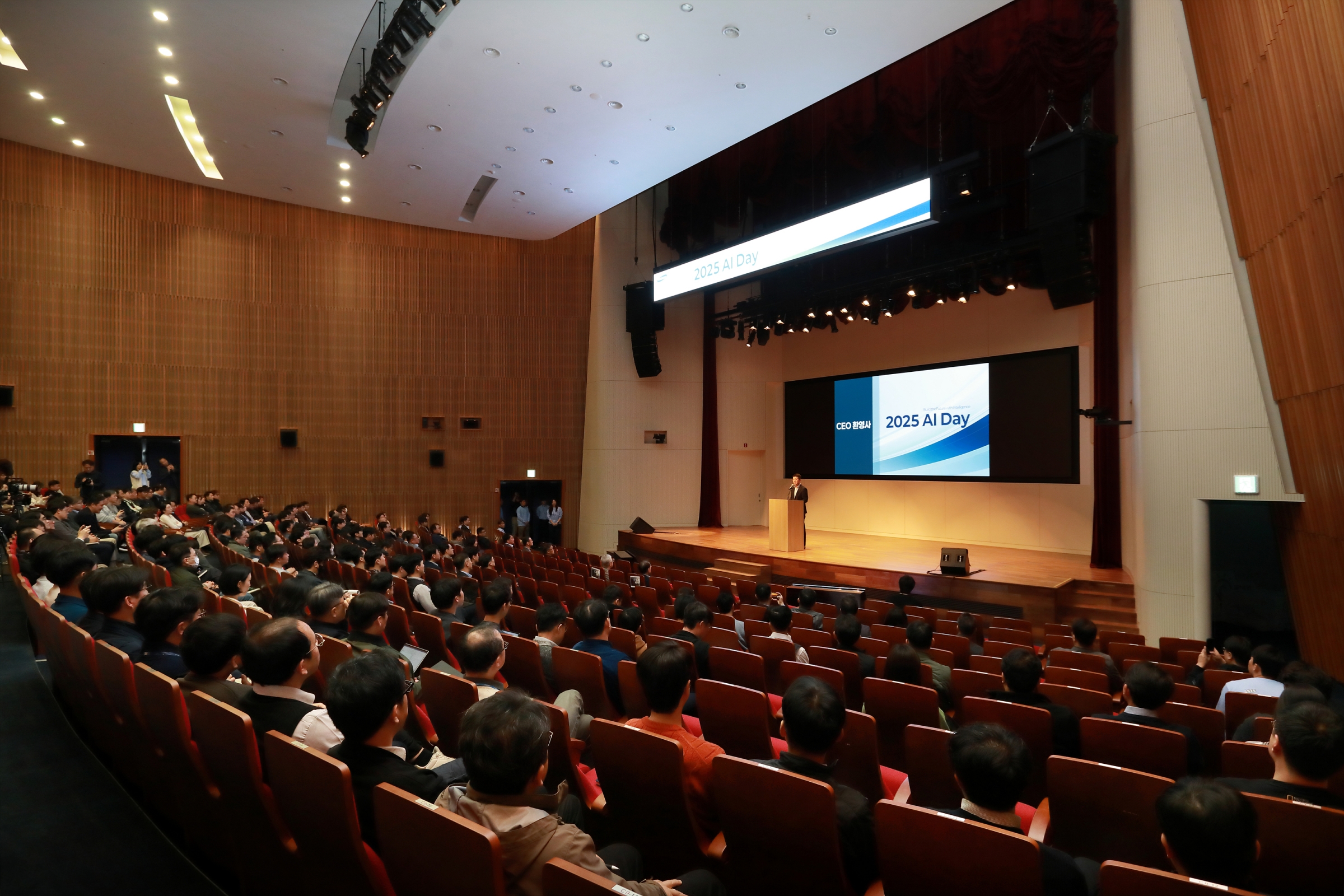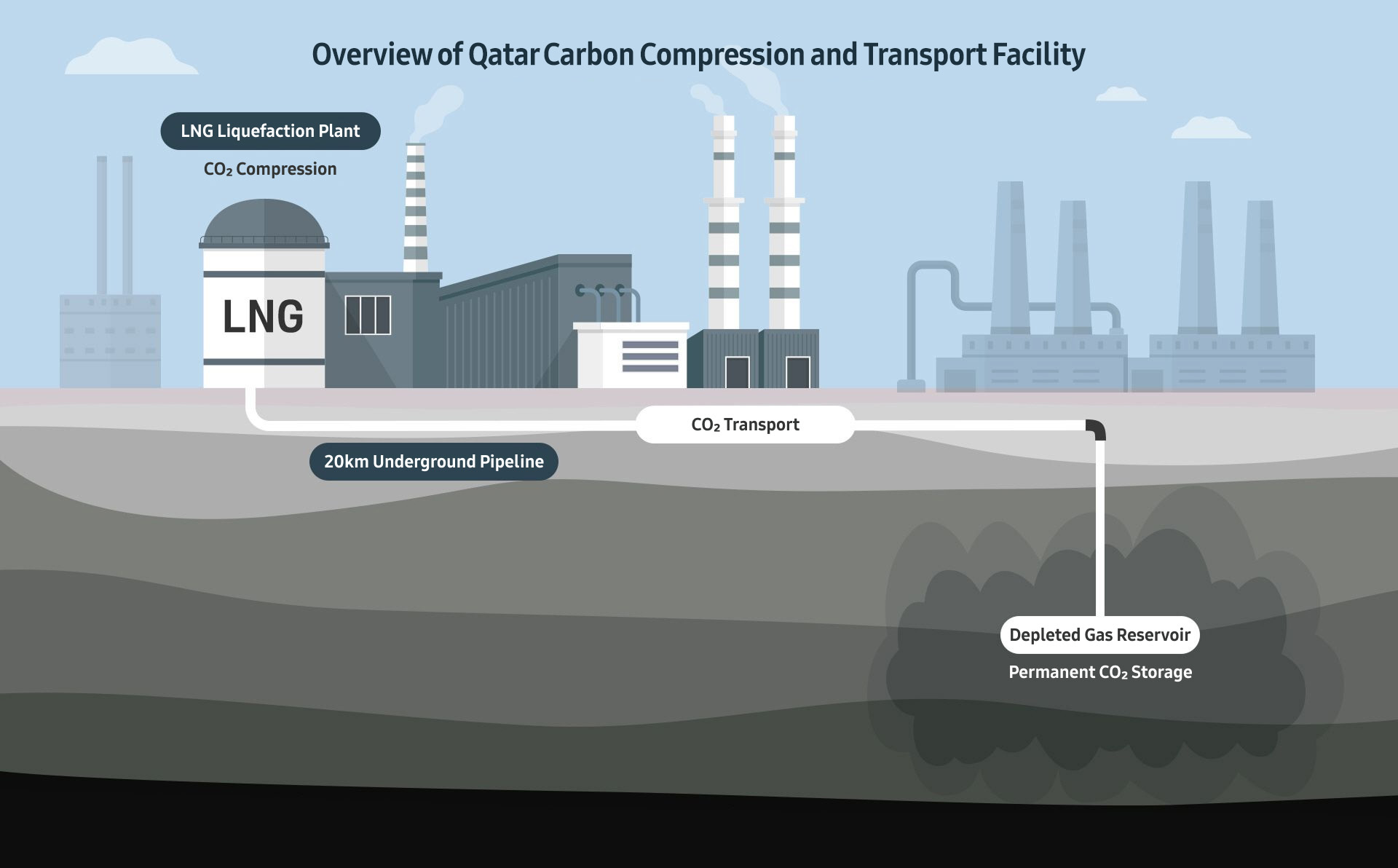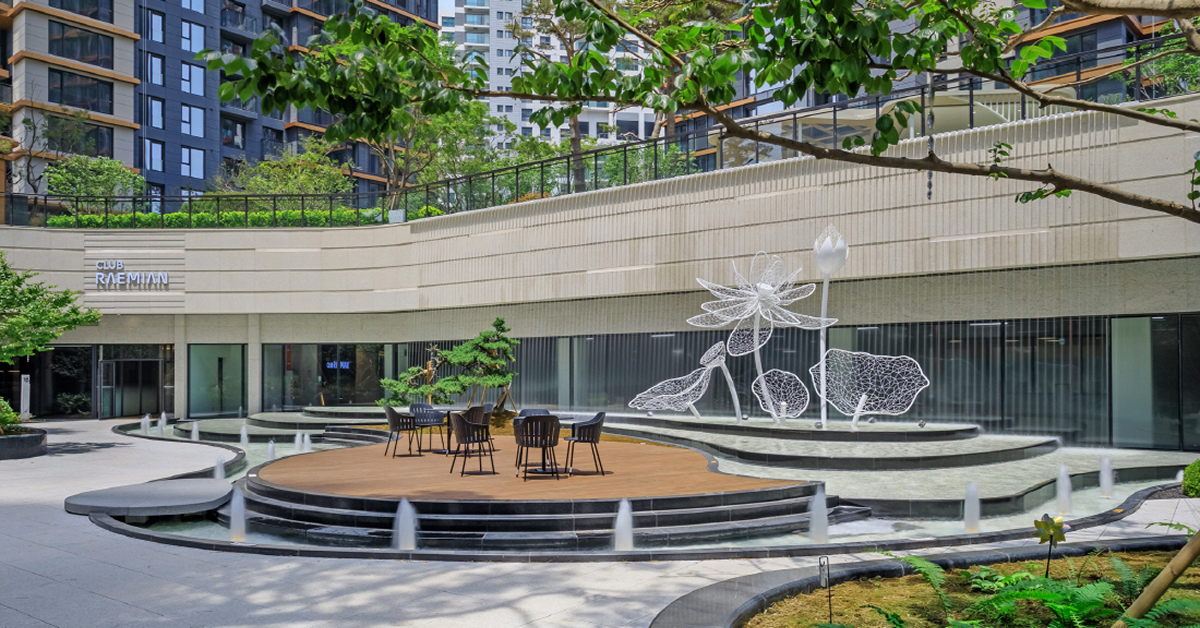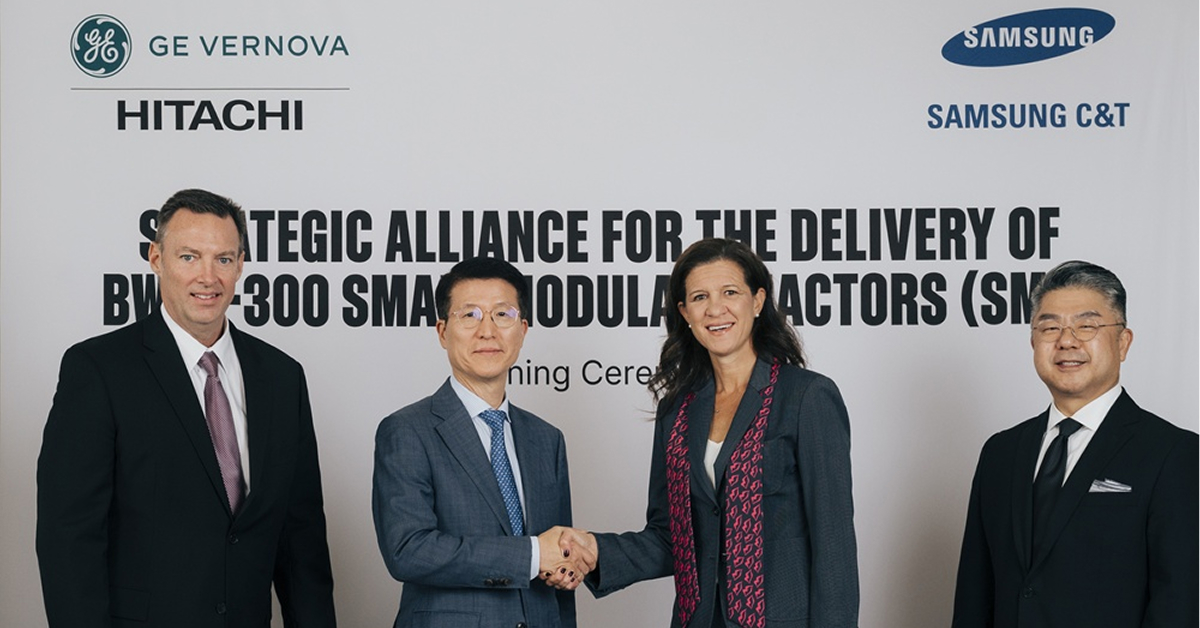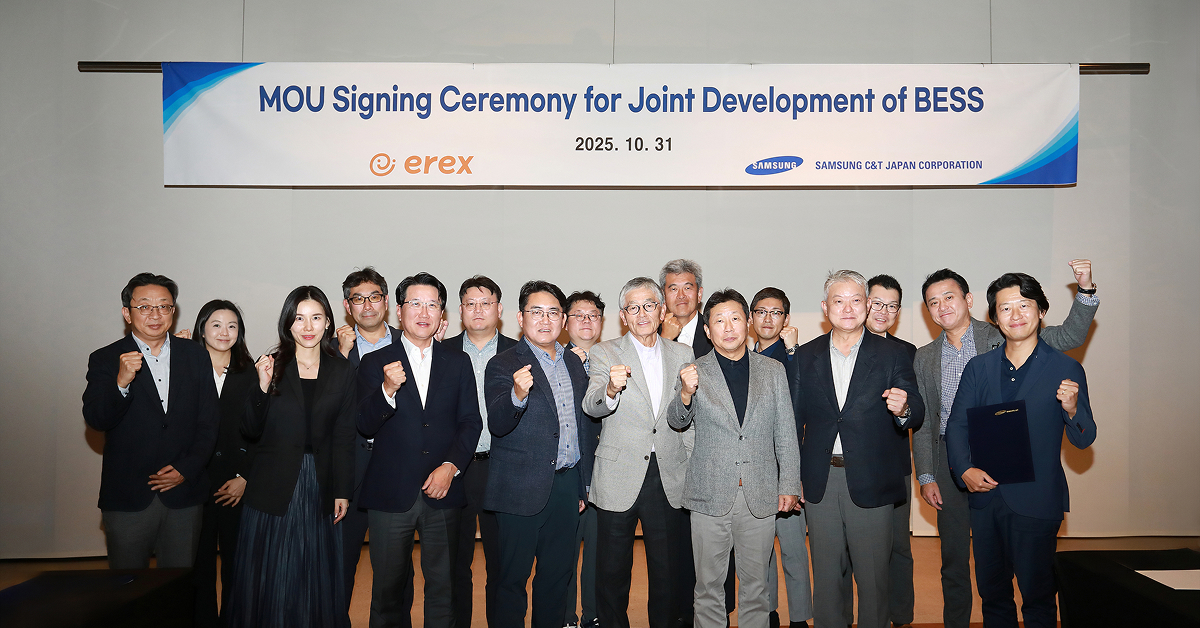In a new series on YouTube, Park Wan-seo, a geotechnical engineering expert at Samsung C&T, explores the origins of geotechnical surveying and the importance of what lies beneath iconic historical landmarks: the foundations.

Samsung C&T is home to 48 highly experienced experts specializing in various engineering fields. Our experts continue to push the boundaries of construction and foundation engineering, creating new possibilities for the future. Park Wan-seo is one of Samsung C&T’s geotechnical engineering experts with a deep understanding of both historical and modern construction techniques.
In a recent series on the Samsung C&T Engineering and Construction Group’s YouTube channel, Mr. Park explores how engineers built iconic landmarks without modern technology to overcome foundational challenges, ultimately shaping modern construction methods. The videos across the series have already reached nearly 75,000 total views and are now available with English subtitles!
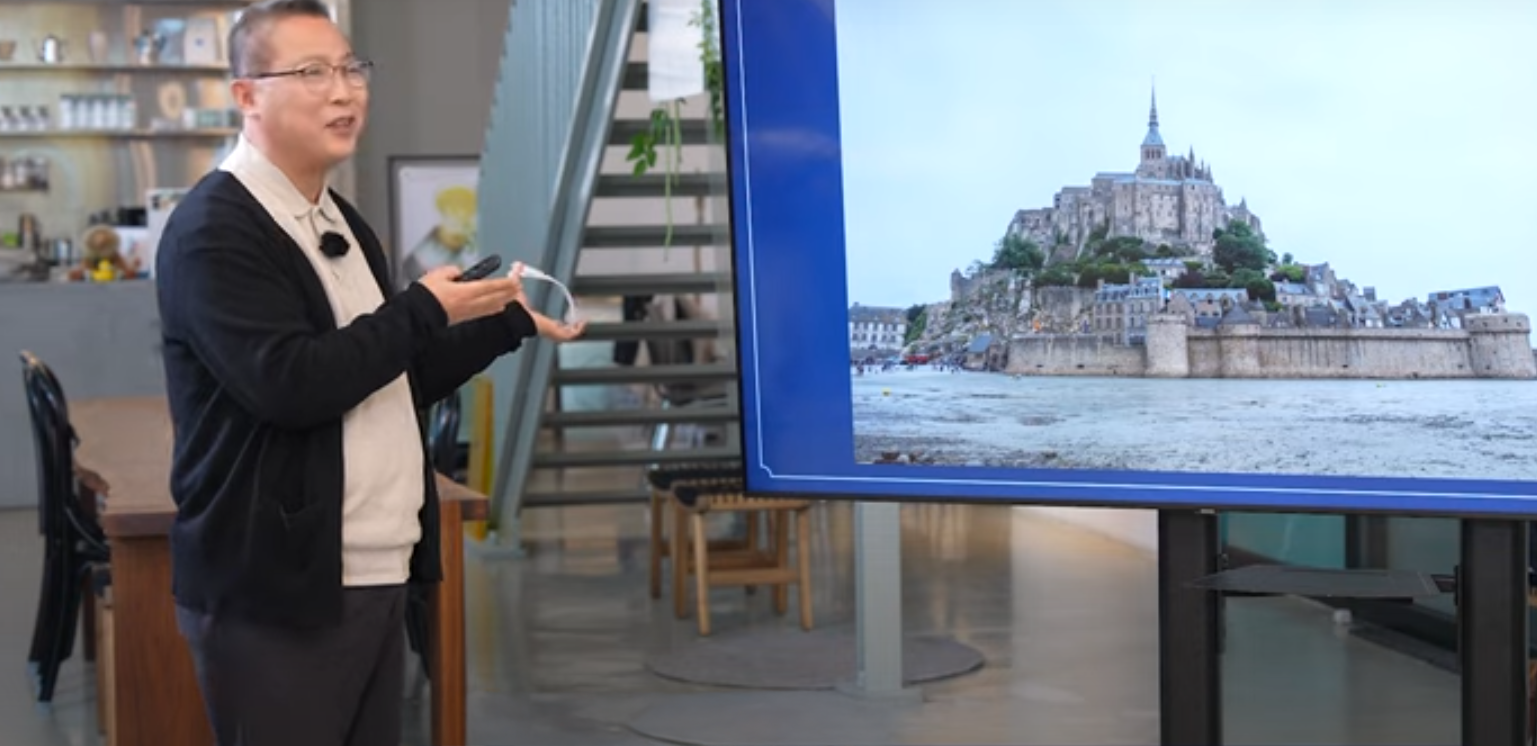
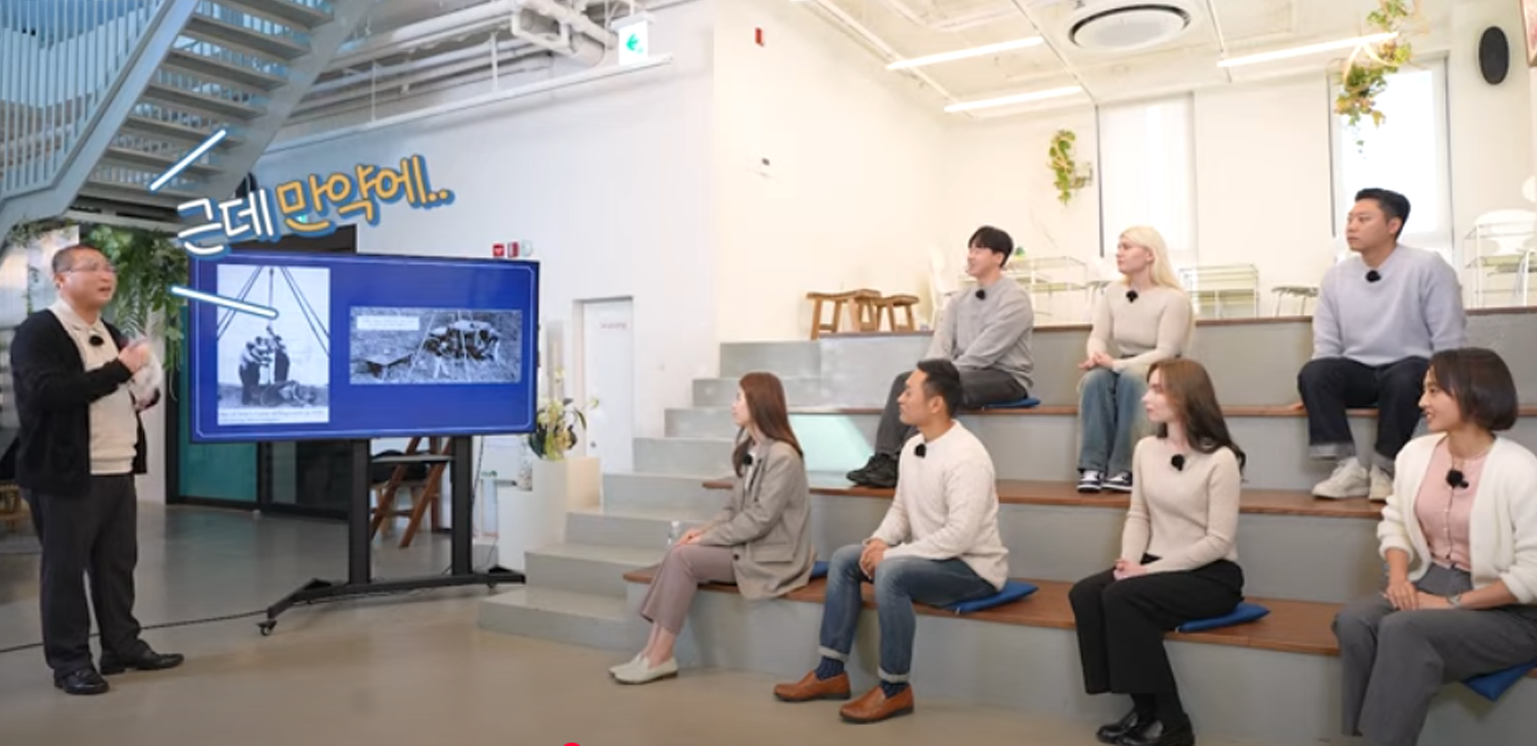
Episode 1: Introducing Geotechnical Engineering
As a geotechnical engineering expert, Park Wan-seo doesn’t just admire the facades of great architectural landmarks, he looks beneath to understand how they have stood the test of time. The secret of these landmarks still standing tall lies in their foundations.
In the first episode of his architectural storytelling series, Mr. Park explores medieval construction methods and the crucial role of foundations in supporting massive stone structures. He also delves into the origins of geotechnical engineering and ground surveying, explaining how understanding soil composition is essential to construction.
Episode 2: The History of the Empire State Building and Brooklyn Bridge
In the second episode of Samsung C&T expert’s YouTube seires, Mr Park introduces two historical landmarks in New York City: The Empire State Builidng and the Brooklyn Bridge. He also explores the unique geological conditions of Manhattan, explaining why New York has an exceptionally high concentration of skyscrapers.
Using the Empire State Building and the Brooklyn Bridge as examples, Mr Park explains the risky construction coniditions in 1920s and 1930s New York City. While new and innovative surveying and geotechnical engineering processes were being developed, many workers also lost their lives due to dangerous conditions and a lack of air flow on sites. To discover more about this fascinating history from Mr. Park, watch the video below!
Episode 3: The Ancient Landmarks of Italy
In the third episode of Mr. Park’s architectural storytelling series on YouTube, he moves from the United States to Europe to explore two of Italy’s most iconic ancient landmarks: the Colosseum and the Leaning Tower of Pisa. Learn more about these landmarks in the third episode linked below.
The Colosseum, Rome, Italy
The Colosseum is one of the most iconic examples of Roman engineering and was built almost 2,000 years ago during the Roman Empire. Despite being subjected to natural disasters and centuries of use, the amphitheater remains largely intact due to its ingenious foundation design.
The Colosseum used pioneering Roman concrete, a durable mixture of volcanic ash, limestone, and water formed by Italy’s unique geography, where volcanic eruptions occurred, creating a material that continues to influence modern concrete formulations. A concrete foundation 6 meters deep was required to distribute the Colosseum’s weight evenly, ensuring stability even on weak ground.
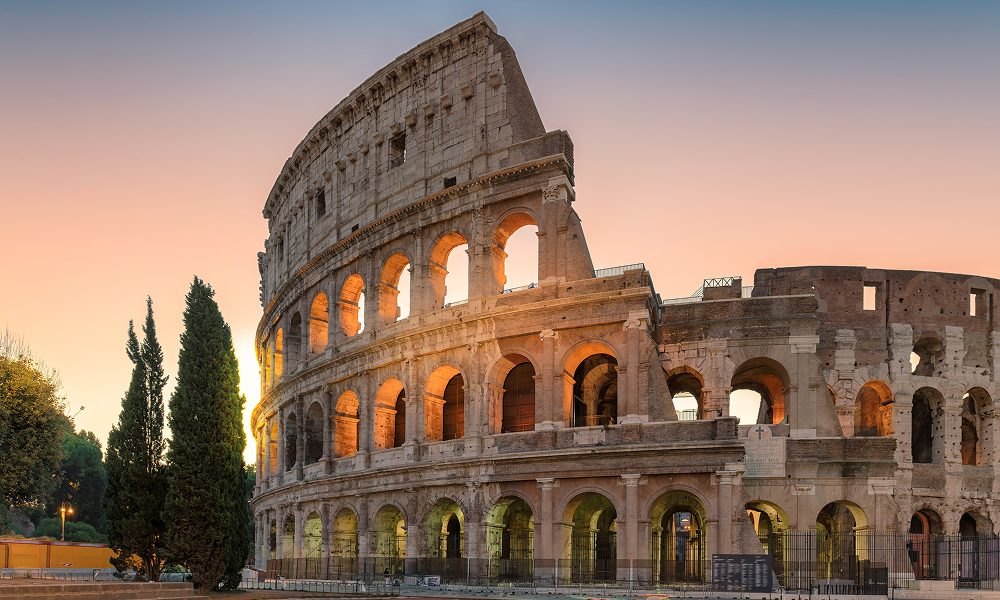
Episode 4: Iconic Historical Landmarks Built Next to Rivers
In the first episode of his expert series, Mr. Park explains that cities have historically developed near rivers and coastlines due to their advantages for trade and transportation. Throughout history, this has presented significant challenges when constructing on soft soil near bodies of water. In the final episode, Mr. Park introduces two examples of remarkable landmarks that overcame these challenges: France’s Eiffel Tower and India’s Taj Mahal.
The Eiffel Tower, Paris, France
The Eiffel Tower was initially constructed for the 1889 Paris Exposition as a fixture of the Parisian cityscape. Standing at over 300 meters tall, one of the most significant challenges of its construction was the soft, flood-prone soil near the Seine River.
Engineers dug 12 meters deep to reach solid bedrock to prevent the Eiffel Tower from sinking. They also used steel caissons filled with compressed air to keep out water and create a stable foundation for the tower’s four legs. This method later inspired modern underwater construction techniques.

Taj Mahal, Agra, India
Commissioned by Shah Jahan in the 17th century as a mausoleum for his late wife, the Taj Mahal was built on the banks of the Yamuna River, posing significant foundation challenges. At the time, piling techniques—methods used to drill piles into the ground to create building foundations—were not yet developed. Engineers layered gravel to allow water to flow freely without disturbance to address this.
These early techniques are similar to modern caisson foundations used in high-rise construction and have helped maintain the Taj Mahal’s structural integrity despite its proximity to shifting riverbeds.
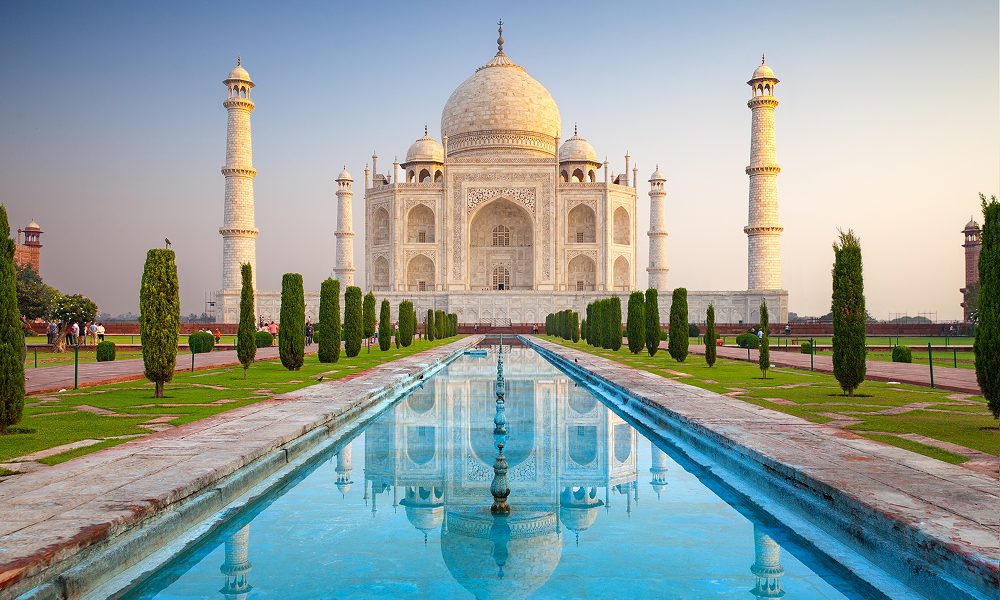
Understanding the Past to Shape the Future
Becoming an expert in any field is a remarkable achievement that isn’t just about looking toward the future. In his YouTube series, Park Wan-seo encourages employees to understand the past and learn from the present to master their craft, a lesson that can be applied to any field!
The Samsung C&T Engineering and Construction Group continues to push the boundaries of innovation, with the expertise of individuals like Mr. Park guiding the way toward new possibilities for the future. Be sure to watch his video series on YouTube and keep an eye out for future content with Samsung C&T’s experts!


